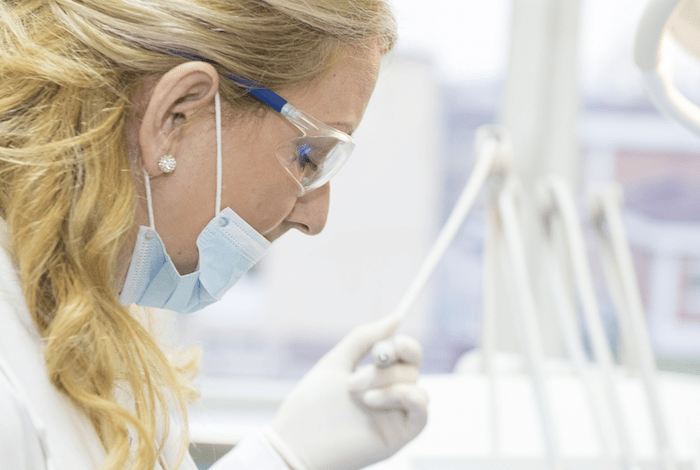
Severe cases of acne, or when the acne has been forcibly picked and scratched, will often result in the development of acne scars. However, even without picking, acne lesions, particularly cysts, will lead to scarring due to the intense, collagen-damaging skin inflammation often associated with acne. Fortunately, you don’t have to suffer the telltale signs of a breakout forever.
Like most other health issues, early prevention is the best method for acne scar treatment. One should never pick or squeeze pimples, whiteheads, or blackheads, especially inflammatory acne or pustules. Squeezing will actually force infected material deep into the skin, causing further inflammation and possible scarring of the affected area.
Fortunately there are many acne scar treatments available. Most acne scar treatments are short procedures – fifteen minutes to an hour – with varying recovery times from fifteen minutes to many months. Uneven skin tone is common post-treatment, as is scabbing, dryness, flakiness redness, swelling, and bruising. Typical acne scar treatment can cost from $50 on the low-end to over $3000 on the high-end. A qualified dermatologist can review different types of acne scar treatments and determine which one is right for you.
Common Acne Scar Treatments
Dermabrasion works on shallow acne scars. For years sandpaper was used to scrape away damaged skin, allowing new skin to grow in its place. Now machines made of wire brushes or a diamond wheels with rough edges are used to remove the upper layers of the skin. This process injures or wounds the skin causing it to bleed. As the wound heals, new skin grows and replaces the damaged skin removed during the dermabrasion.
Laser Resurfacing is a new technique, with effects similar to dermabrasion. This technique directs a short, concentrated pulsating beam of light at irregular skin layers, precisely removing layer by layer. Penetrating deep into the skin is more easily controlled with a laser than with dermabrasion and other methods.
Chemical Peels are one of the least invasive ways to improve the appearance of skin impacted by acne scars. A chemical peel involves the application of different types of acid to the skin in such a manner that the upper layer of skin is removed and a lower smoother layer can surface.
Punch Techniques are used for deep acne scars, most commonly used on pitted or depressed acne scarring. Punch replacement or excision involves cutting the pitted scar from the skin during punch surgery, followed by a skin graft or suture. Punch elevation cuts the scar loose and allows it to float up to the level of surrounding skin. The idea behind all punch techniques is to leave smaller, less noticeable scars than where already present, which then fade more easily.
Acne Subcision is a simple and safe office surgery procedure for treatment of depressed acne scars whereby the scar tissue is broken up underneath the surface of the skin, forming a pool of blood under the scar. Once the pool of blood clots it helps form connective tissue under the scar, thereby leveling it with the surface. Acne subcision can easily be combined with other acne scar treatments such as laser, derma fillers and scar revisions for maximum efficacy.
Dermal Fillers are typically used for deeper acne scars. Examples of dermal fillers are fat, bovine collagen, human collagen, hyaluronic acid derivatives, and polytheyl-methacrylate microspheres with collagen. These fillers are injected into the acne scar to raise the surface of the skin and give it a smoother appearance. Injections usually last about six months, although research into the longer lasting materials continues.







